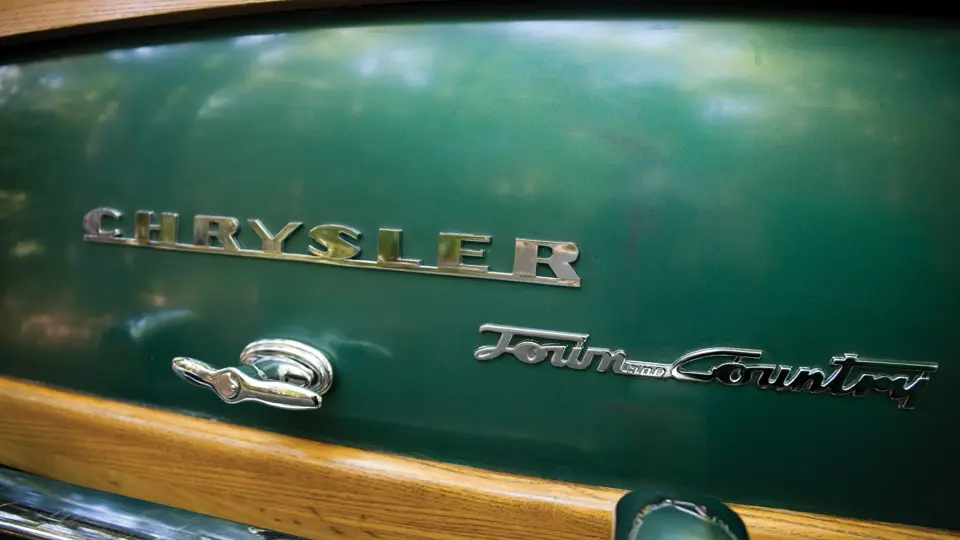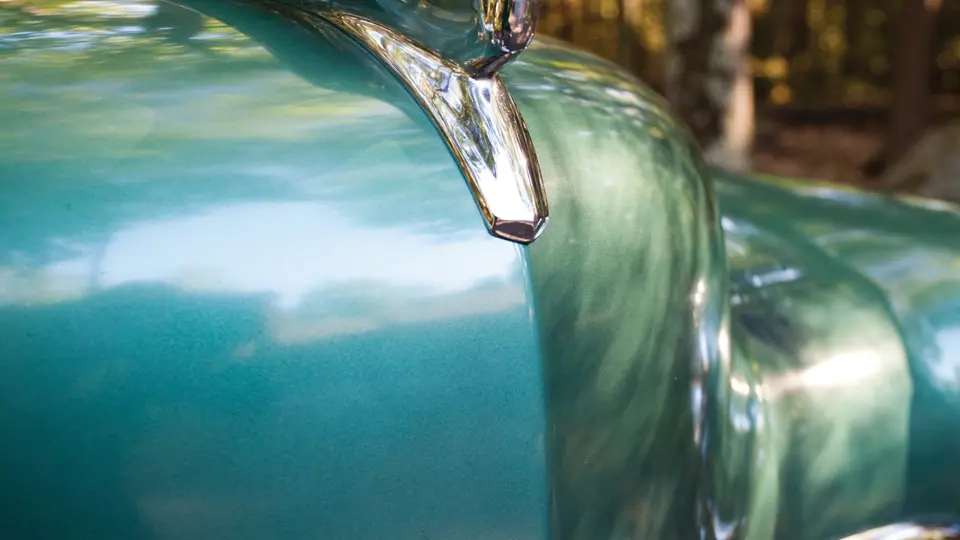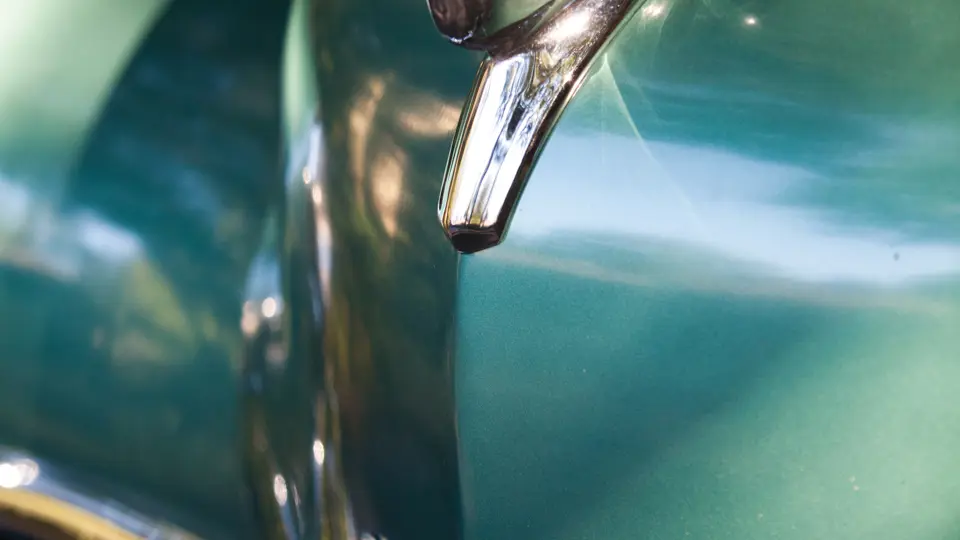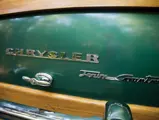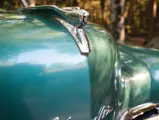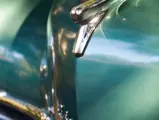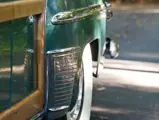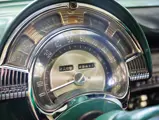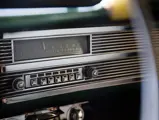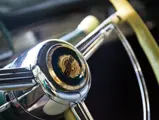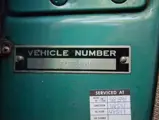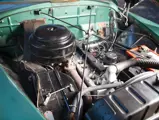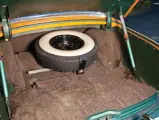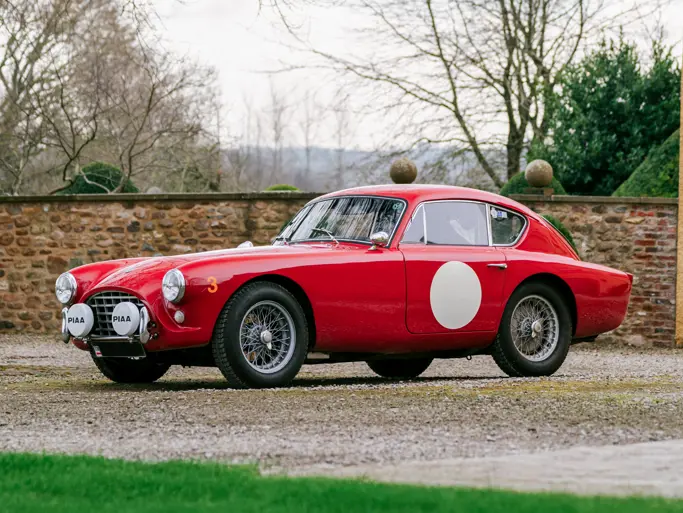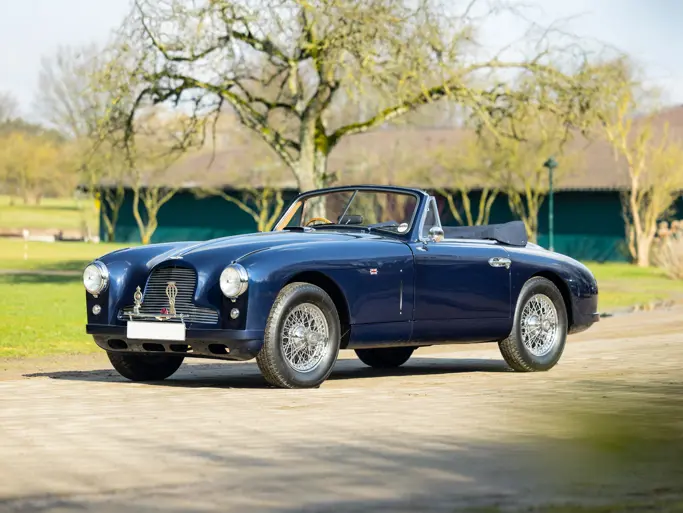135 hp, 324 cu. in. inline eight-cylinder engine, three-speed Fluid Drive transmission with synchromesh gears, independent coil-spring front suspension, solid axle rear suspension with hydraulic shocks and leaf springs, and four-wheel hydraulic disc brakes. Wheelbase: 127.5 in.
Representing the end of the line for Chrysler’s luxurious post-war “woodie” automobiles, the Town and Country Newport of 1950 was a one-year-only model, and it was also the only factory production “hardtop” Town and Country ever built. It utilized its own unique, all-steel body, which had decorative ash framing that was hand-formed and then applied to the assembled steel body panels and around the side panel inserts that had been painted the same as the body color. The interior was beautifully wood-trimmed, with fascinating details to be found throughout. Underneath were disc brakes, which Chrysler had first pioneered in 1949.
Offered only with the 135-horsepower Spitfire straight eight and Fluid Drive transmission, the Town and Country Newport retailed at $4,028, making it Chrysler’s most expensive car outside of the big Crown Imperial sedans. Only 698 were built, after which the luxury Town and Country, once the favorite of movie stars and country club founders, became a thing of history.
The Juniper Green Newport offered here was retained by its original owner until 1982. It then spent 25 years in a private collection before coming into the ownership of its present caretaker. Today, it remains in what can only be described as astonishingly original and well-preserved condition, with a solid, rust-free chassis and body that were both carefully stored and maintained. The original paint, touched up in some places, has a charming patina, and the factory woodwork is in beautiful overall condition, as is much of the brightwork. The interior remains well-kept and comfortable, as one would expect.
While in its current ownership, the car was carefully and mechanically returned to life following its long storage, which included a thorough cleaning and rebuild of the fuel system, a rebuilt starter, a new heater core, and new fuel and water pumps. Importantly, the original disc brakes, which are often converted to easier-to-maintain drums on many surviving Newports, remain on this car, and they have been refurbished to function as when they were new.
Presented very much as it was originally, with the charm of a carefully lived life about it, this wonderful, well-preserved Newport is an ideal addition to any collection of classic American “woodies.”


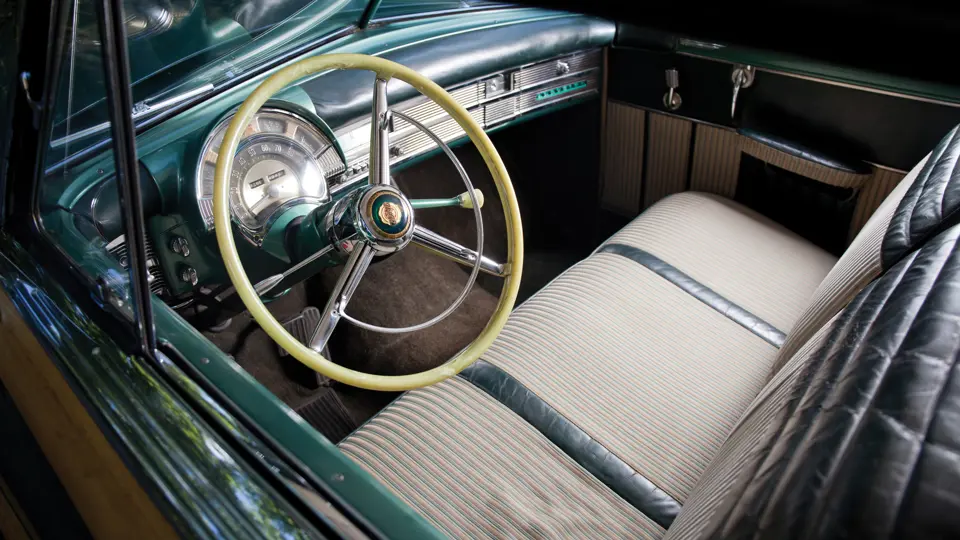


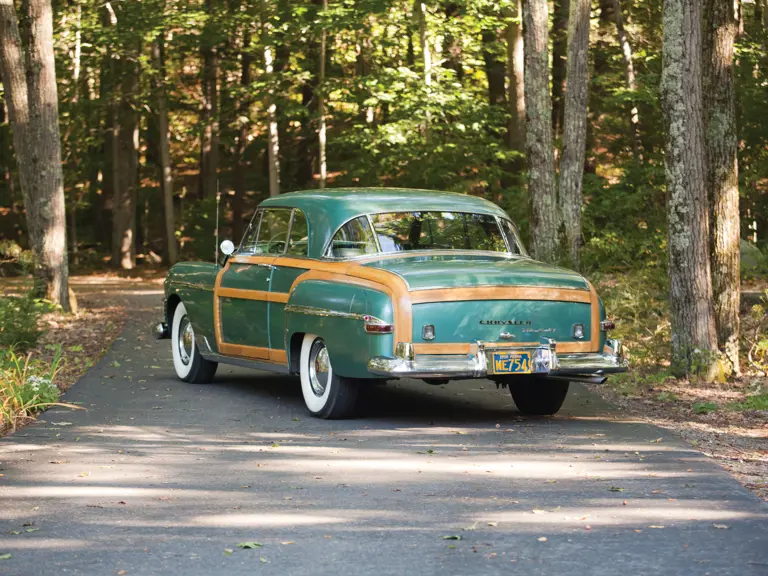

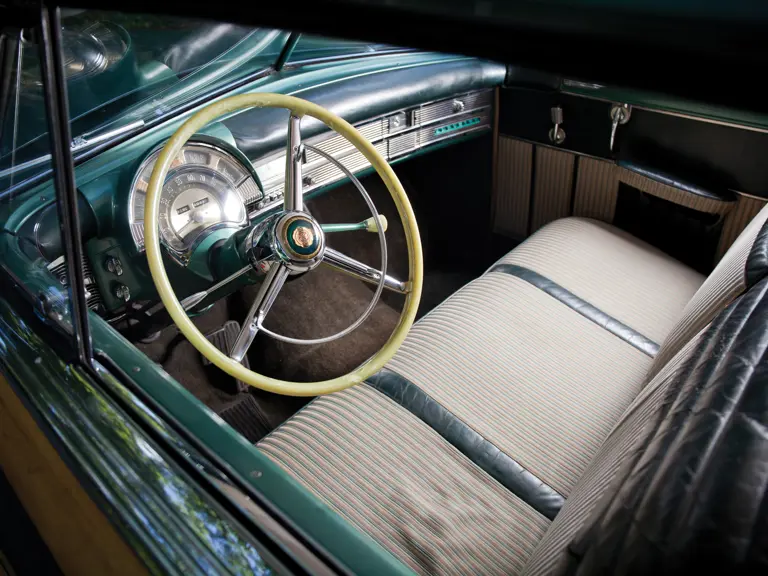
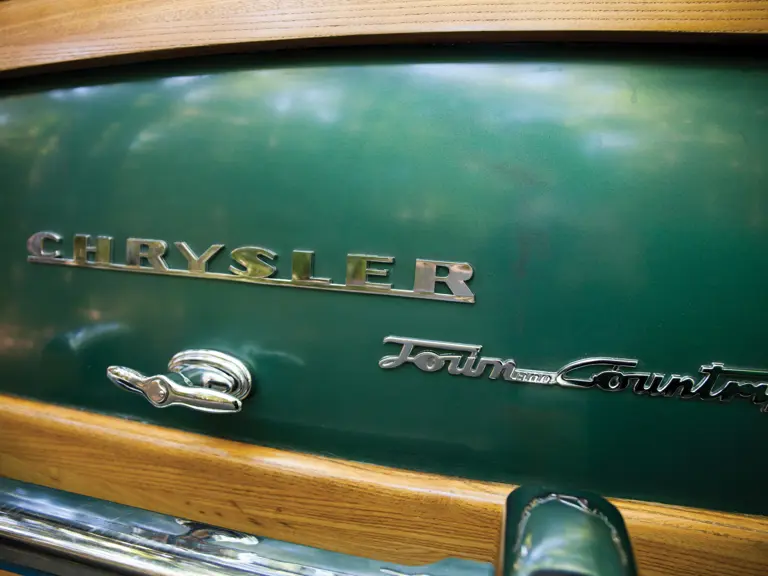
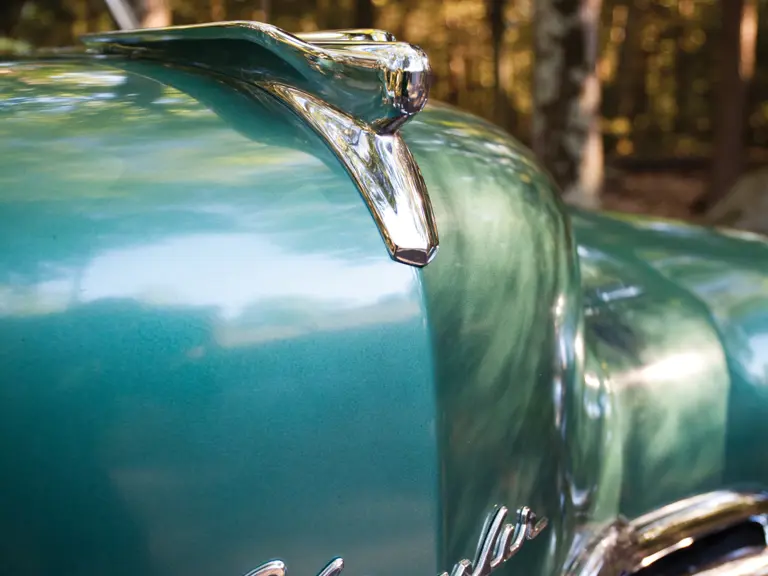
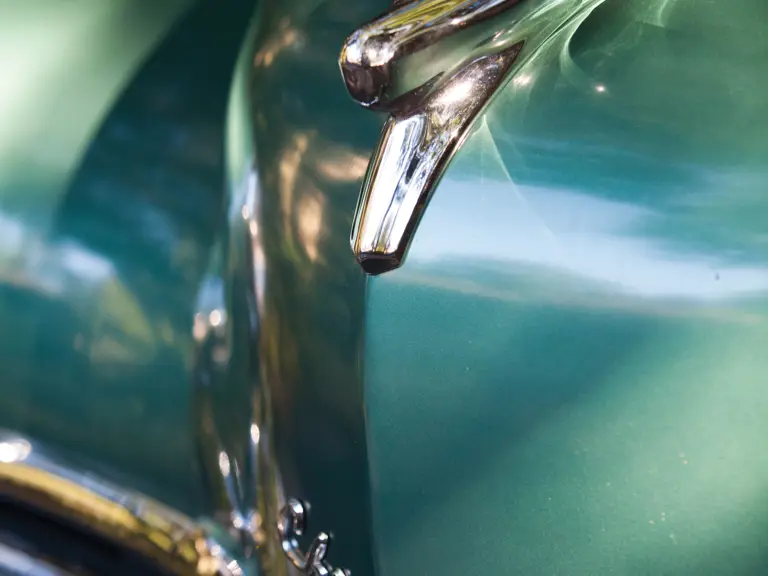
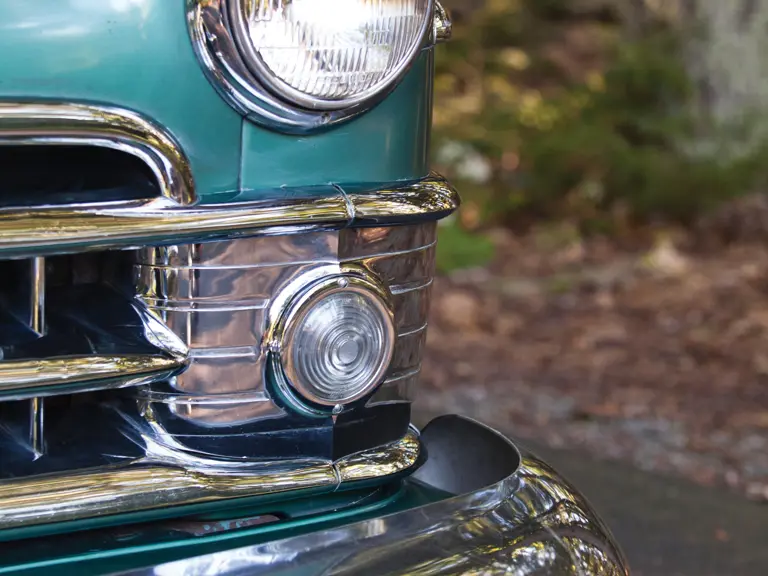

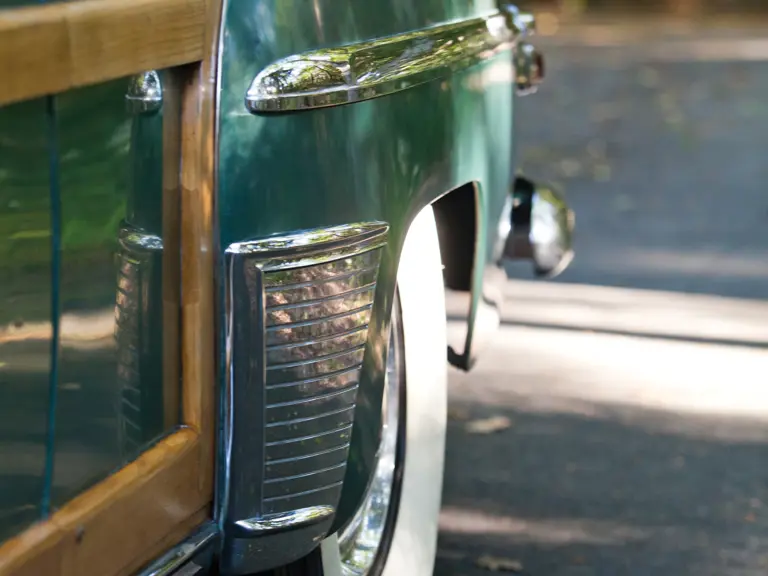
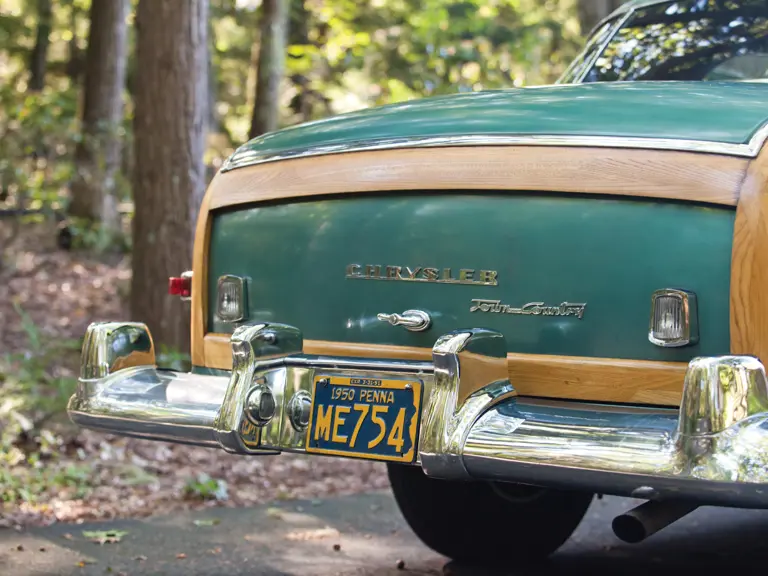
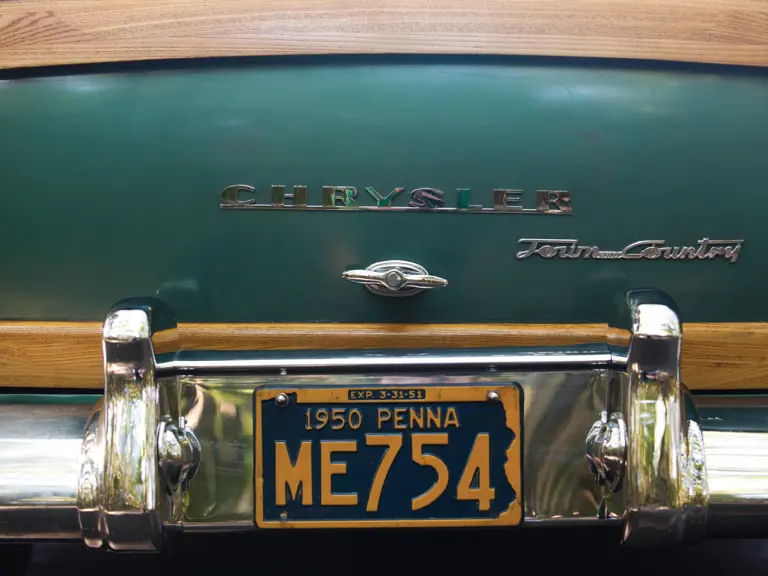
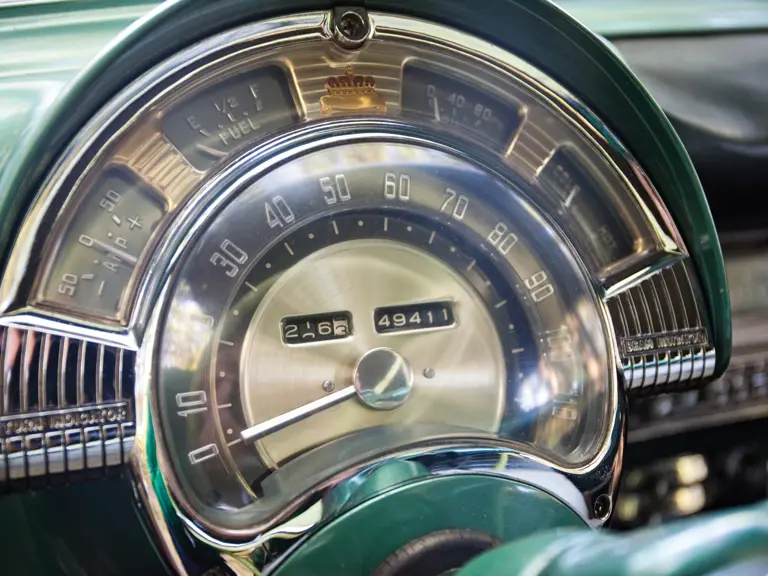
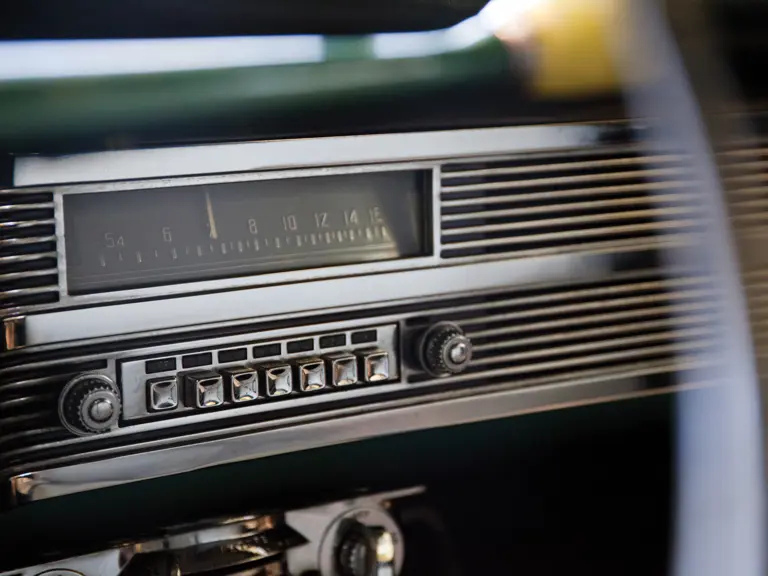

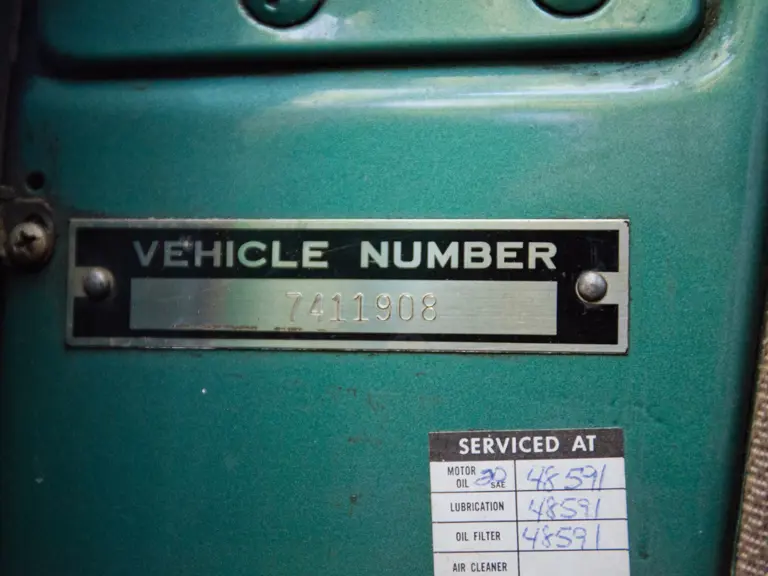
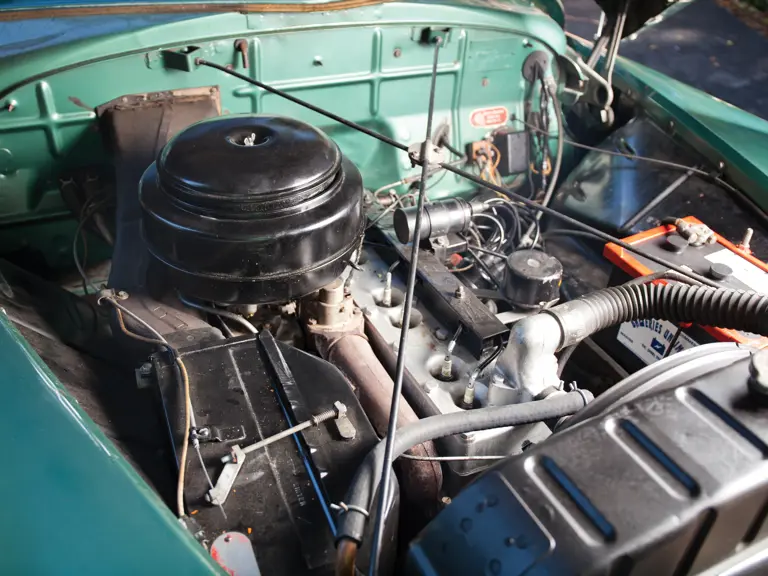
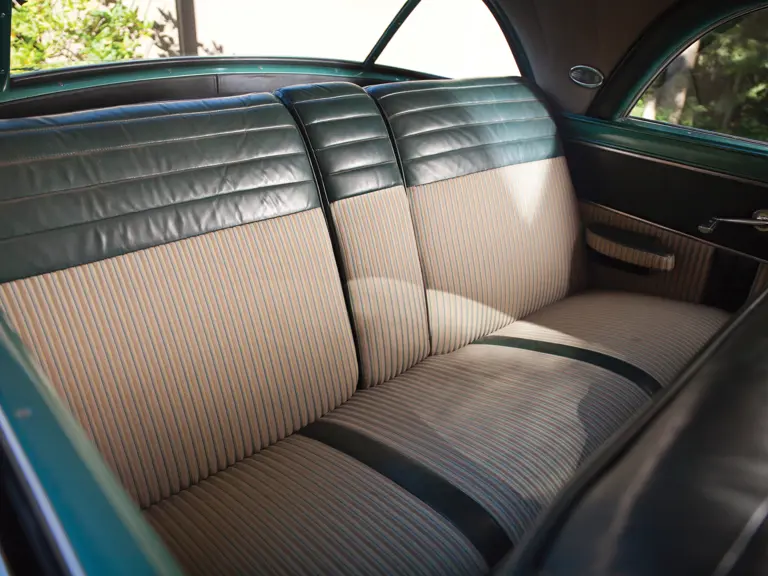
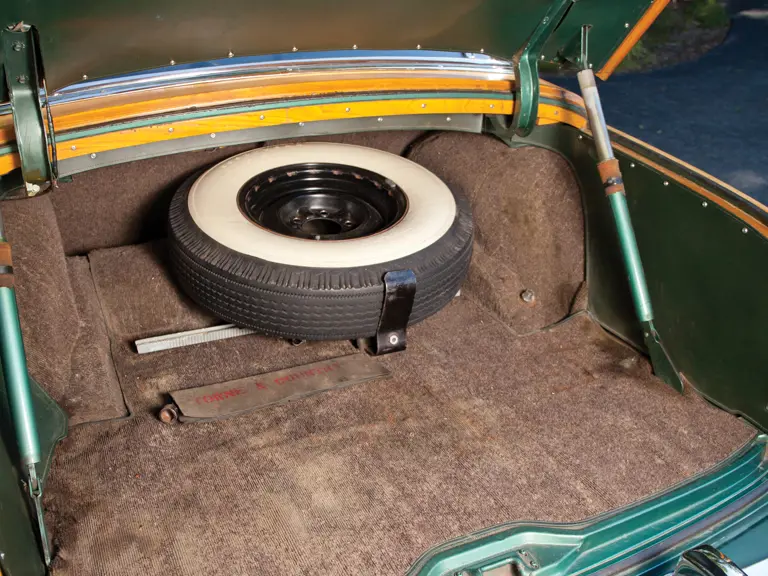
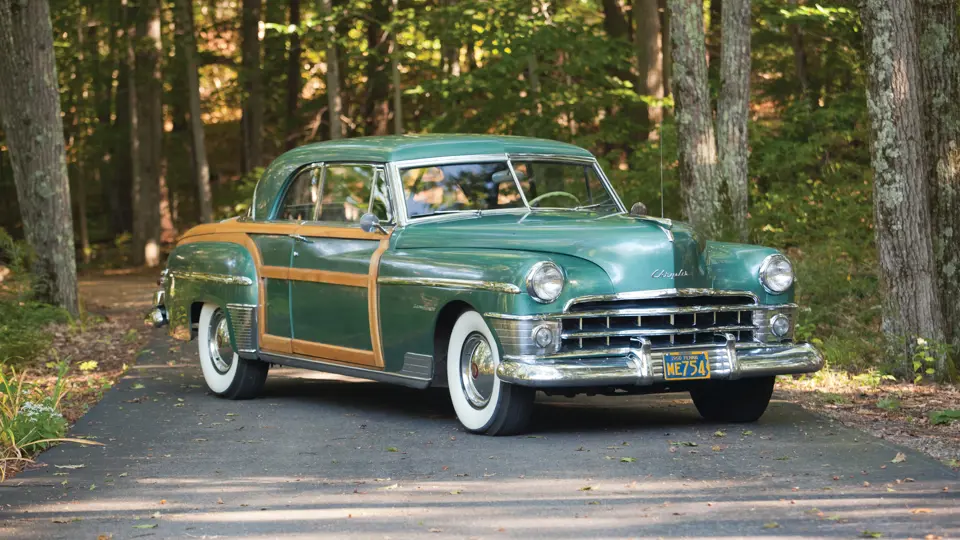
 | Hershey, Pennsylvania
| Hershey, Pennsylvania
